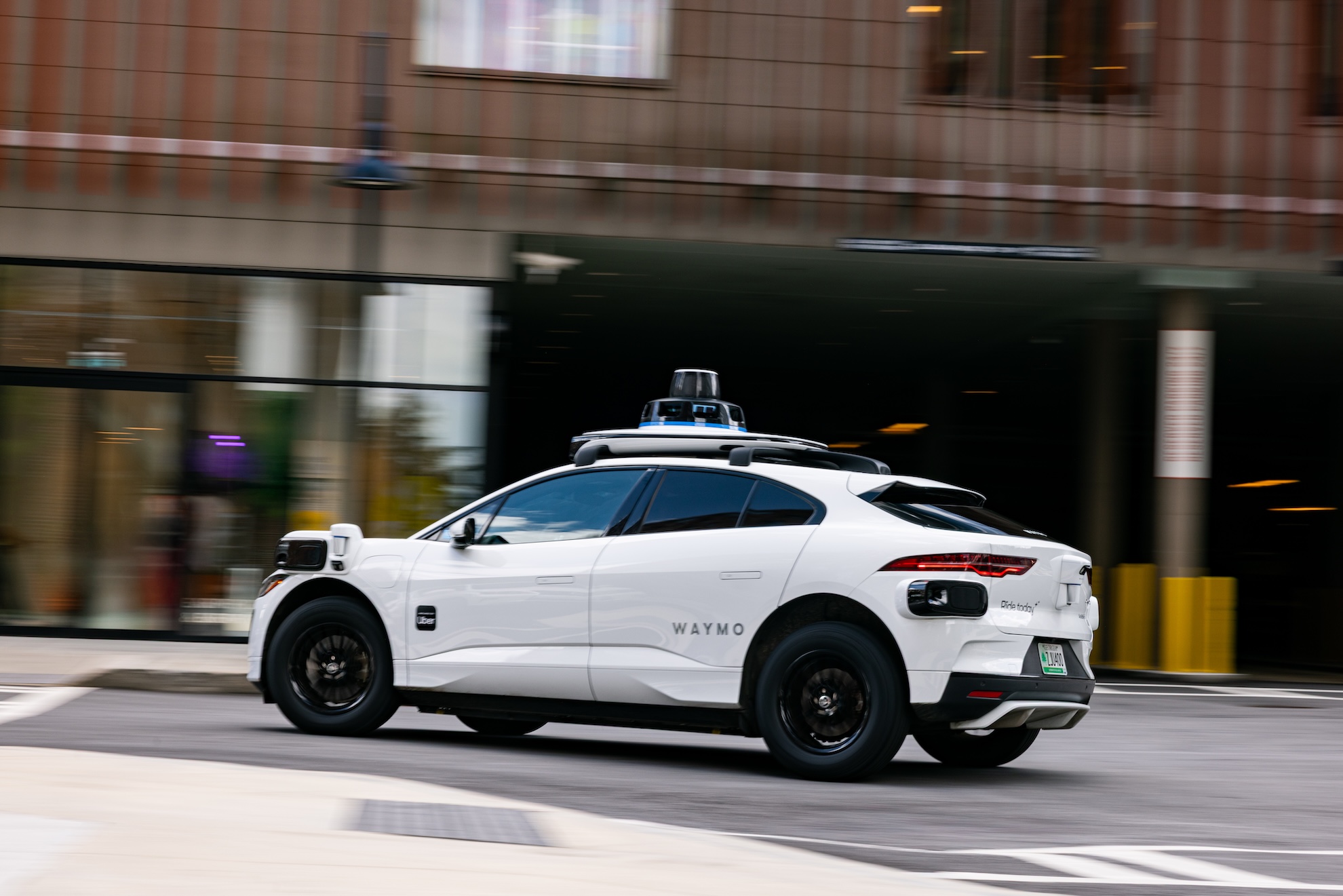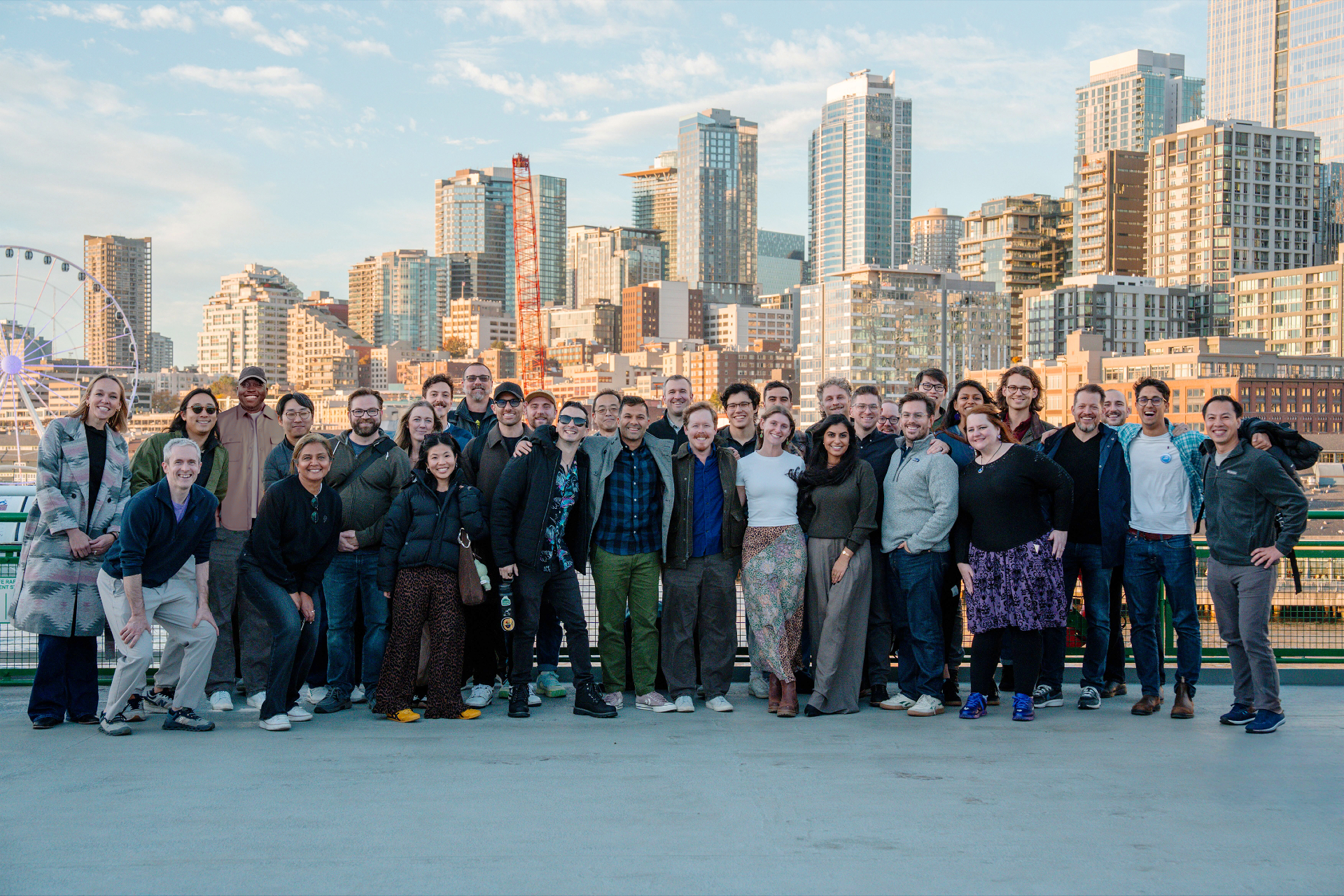
The technology sector continues to grapple with a persistent wave of workforce reductions in 2025, extending a trend that began in earnest the previous year. According to independent tracking data from Layoffs.fyi, over 150,000 job cuts were recorded across 549 companies in 2024. This momentum has carried into the current year, with more than 22,000 tech workers already affected by reductions, including a particularly intense period in February alone, which saw over 16,000 positions eliminated. This ongoing contraction signals a significant recalibration within the industry, driven by a confluence of macroeconomic pressures, a re-evaluation of post-pandemic growth strategies, and the transformative, yet disruptive, rise of artificial intelligence.
A Historical Perspective: From Hyper-Growth to Rationalization
To fully understand the current landscape of tech layoffs, it’s essential to contextualize it within recent history. The period from 2020 to early 2022 was characterized by unprecedented growth across the tech industry. The COVID-19 pandemic accelerated digital transformation, leading to a surge in demand for online services, software, and hardware. Companies across all segments, from e-commerce giants to collaboration tool providers, embarked on aggressive hiring sprees, often prioritizing rapid expansion over long-term profitability. Venture capital flowed freely, fueling ambitious projects and expanding headcounts.
However, this era of hyper-growth proved unsustainable. As global economies emerged from the pandemic lockdowns, inflation soared, prompting central banks worldwide to raise interest rates aggressively. This shift made capital more expensive, forcing companies and investors to re-evaluate risk and prioritize profitability. The "growth at all costs" mantra began to recede, replaced by a focus on efficiency and sustainable financial models. The layoffs of 2024 were the initial response to this new reality, with many firms acknowledging overhiring during the boom years. The continuation of these cuts into 2025 suggests that the industry is still in the midst of this fundamental re-evaluation, moving beyond simple corrections to more strategic, structural adjustments.
Driving Forces Behind the Current Contraction
Several interconnected factors are contributing to the sustained trend of job cuts in 2025:
Economic Realities and Investor Demands
Persistent inflationary pressures and elevated interest rates continue to temper economic sentiment. Tech companies, particularly those reliant on venture capital or facing public market scrutiny, are under immense pressure to demonstrate fiscal discipline. Investors are increasingly demanding clear paths to profitability, rather than simply top-line revenue growth. This translates into stringent cost-cutting measures, with workforce reductions often being the most immediate and impactful lever. Companies are scrutinizing every expenditure, streamlining operations, and divesting from non-core or underperforming segments. The broad economic slowdown also affects consumer and business spending on technology, leading to reduced demand for certain products and services.
The AI Imperative: Efficiency and Strategic Shifts
Perhaps the most transformative and, paradoxically, disruptive force shaping the current layoff landscape is the rapid advancement and integration of artificial intelligence. Many companies are explicitly citing AI and automation as reasons for workforce reductions, indicating a strategic pivot towards leaner, more automated operations. For instance, Paycom, an HR and payroll software company, reportedly laid off over 500 employees due to AI and automation improving back-office efficiencies. Similarly, Just Eat, Europe’s largest food delivery company, announced 450 job eliminations, noting an increasing reliance on automation and AI for manual service tasks.
This isn’t merely about replacing human labor; it’s about fundamentally reshaping business models. Companies like Fiverr are cutting approximately 30% of their workforce as part of a push to become a "leaner, faster, and AI-focused company." This "AI-native approach" suggests a deep integration of AI into product development, customer service, and operational processes, which inherently changes the demand for certain human skills and roles. While AI promises significant gains in productivity and innovation, its immediate impact often involves a period of painful transition for the workforce.
Post-Pandemic Correction and Overhiring
While often intertwined with economic and AI-driven factors, the lingering effects of pandemic-era overhiring remain a significant contributor. Many companies, including major players like Microsoft and Google, scaled their workforces rapidly to meet an unprecedented surge in digital demand. As consumer behavior normalizes and the pace of digital adoption moderates, these companies are rightsizing their operations. Microsoft, for example, announced a cut of 9,000 employees in July, following multiple rounds of reductions earlier in the year, indicating a sustained effort to align its workforce with current market realities and strategic priorities. Amazon, too, has continued to trim its devices and services division, reflecting a broader effort to cut costs after significant expansion.
Sector-Specific Impacts and Notable Examples
The impact of these trends is not uniform across the tech industry, with certain sectors experiencing more pronounced effects:
Established Tech Giants Reconfigure
Major tech players, despite their robust financial positions, are actively re-strategizing. Meta, in October, reportedly cut 600 AI infrastructure jobs, including roles within its Fundamental Artificial Intelligence Research (FAIR) team, even as it continues to invest heavily in top-tier AI talent elsewhere. This indicates a sophisticated internal reorganization to consolidate AI efforts under new leadership and prioritize specific research areas. Google also trimmed over 100 design roles in its cloud division, particularly affecting U.S.-based teams, as it shifts focus and resources toward burgeoning AI investments. These giants are not retreating but rather reallocating resources, often at the expense of established, non-AI-centric roles. Oracle and Salesforce have also seen multiple rounds of layoffs, often attributed to streamlining operations and improving efficiency, with Salesforce’s CEO Marc Benioff explicitly touting AI’s potential to cut customer support roles.
Emerging Technologies and Startups Face Headwinds
The startup ecosystem and specific emerging tech sectors are also feeling the squeeze. The electric vehicle (EV) market, once a darling of investors, has cooled. Rivian, for instance, undertook its third round of layoffs in October, cutting 600 jobs, amidst a broader EV market pullback. This reflects challenges like slower-than-expected adoption, intense competition, and policy shifts (e.g., expiration of federal EV tax credits).
In the realm of AI startups, the picture is mixed. While some are raising significant capital, others are struggling. xAI, Elon Musk’s venture, laid off about a third of its data annotation team (roughly 500 jobs), signaling a shift from generalist AI tutors to more specialized roles. This highlights the evolving nature of AI development, where certain foundational tasks are increasingly automated or require highly specialized expertise. Conversational AI company GupShup has seen multiple rounds of layoffs, including at least 100 employees in September, as it prepares for an IPO, indicating investor pressure for profitability even in high-growth areas.
Edtech platform Chegg reportedly plans to let go of 22% of its workforce, attributing the decline in web traffic to students opting for AI tools instead of traditional edtech platforms. This is a clear example of AI not just influencing internal operations but directly impacting the demand for a company’s core product.
Hardware and Manufacturing Under Pressure
Even hardware-focused tech companies are not immune. Intel has announced significant layoffs, including nearly 2,400 workers in Oregon in July, and plans to cut 15% to 20% of its Intel Foundry division staff. These moves reflect a challenging semiconductor market, intense global competition, and strategic reorientation as Intel seeks to regain its footing in chip manufacturing. Applied Materials, a key supplier to the semiconductor industry, also plans to cut 4% of its workforce to streamline operations amid tighter U.S. export controls, underscoring geopolitical influences on the tech supply chain.
The Human and Economic Toll: Broader Impacts
Beyond the raw numbers, these widespread layoffs carry significant social and cultural implications. For affected individuals, the loss of employment often means financial insecurity, career uncertainty, and psychological distress. The repeated rounds of layoffs can also erode employee morale among those who remain, fostering a climate of fear and disengagement.
The talent pool is being reshuffled, with experienced tech professionals potentially migrating to other industries or embarking on entrepreneurial ventures. While some argue this reallocates talent to more productive uses, it also raises concerns about brain drain from certain sectors or regions. Innovation, too, could be affected. While companies justify cuts by prioritizing AI and strategic growth, a leaner workforce might also lead to less risk-taking, fewer experimental projects, and a more cautious approach to new product development.
Economically, these layoffs can impact local economies in tech hubs, affecting everything from housing markets to small businesses that cater to tech workers. The narrative around tech employment is also shifting, from one of limitless opportunity to a more pragmatic understanding of market cycles and the disruptive power of new technologies.
Looking Ahead: An Evolving Landscape
The continued wave of tech layoffs in 2025 suggests that the industry is undergoing a fundamental transformation rather than a temporary correction. The emphasis on efficiency, profitability, and AI integration is likely to persist, shaping the future of work in technology. While painful for those affected, these shifts could lead to a more resilient and strategically focused tech sector in the long run. The coming months will likely reveal whether the current pace of reductions stabilizes, or if the industry is still far from finding its new equilibrium amidst rapid technological advancement and ongoing economic uncertainties. The evolution of roles, the re-skilling of the workforce, and the ethical considerations surrounding AI’s impact on employment will remain central themes as the tech landscape continues to reconfigure itself.





